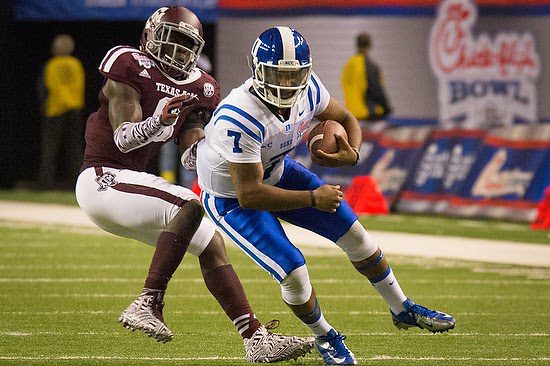The LCD has become the best friend for way too many photographers. Today we are reminded to be aware of those closest to us. It wasn’t good for Julius Caesar — he got stabbed 23 times by his trusted friends on this day in 44 B.C.
Those who rely solely on the LCD will most likely die a terrible death when they pull these same incredible photos into their computer and enlarge them on their much larger computer screens.
There are a couple of things that the LCD will consistently let you down on, and you need to know what they are, or you will be burned.
Focus can appear sharp on the small LCD on the back of the camera. This is especially true if you never zoom in on the photo to check the image at 100%.
I can tell you from experience that even zooming in on the LCD may not be accurate regarding the final image.
Camera movement may not show up either on this small LCD.
Not seeing details on the camera’s LCD is why they have a computer on location on significant advertising photo shoots. They pull the images up on the larger screens so the creative and art directors can approve the photos.
What are you to do in the field?
Professional photographers have always used some benchmarks to set the camera for camera movement.
First, they consider the focal length lens they are using. Depending on the focal length as w ll, you should consider your shutter speed. For longer focal lengths, you will probably need faster shutter speeds. Without image stabilization, you are best to use a shutter speed denominator larger than the length. So, your ideal rate for a 200mm lens would be 1/250 for a good-quality photograph.
Today many people are shooting with long focal length lenses like 500mm and 800mm due to the popularity of those bridges. Bridge cameras fill the niche between the single-lens reflex cameras (SLRs) and the point-and-shoot camera.
The other thing affecting the focal length is crop factors due to the size of the smaller sensors.
You may need to shoot 1/2000 of a building just because of the focal length.
 |
| Nikon D4, ISO 12800, ƒ/5.6, 1/1250, Sigma 120-300mm ƒ/2.8 with 1.4 converter |
Second, you need to consider the movement of the subj ct. Athletes in sports are not standing still. My rule is to shoot sports whenever possible at 1/2 00. If you can shoot faster, you will increase the likelihood that the photo is razor sharp.
Do use the histogram on the CD. It will help you. If it doesn’t look sharp on the LCD, it will only look worse when you enlarge the image.
Your LCD can help, but realize that you cannot depend on it to give 100% accuracy. Do zoom in on your images to check for sharpness, but know you may be close, but it could be sharper due to camera movement or focus.
Hopefully, you are now aware of the LCD being potential “The Ides of March” for the photographer.


